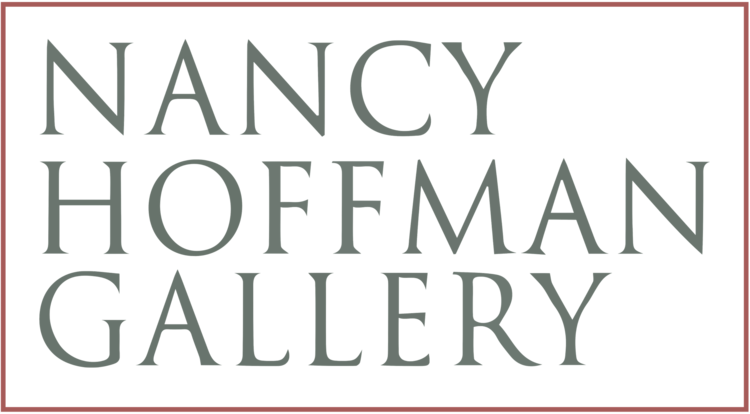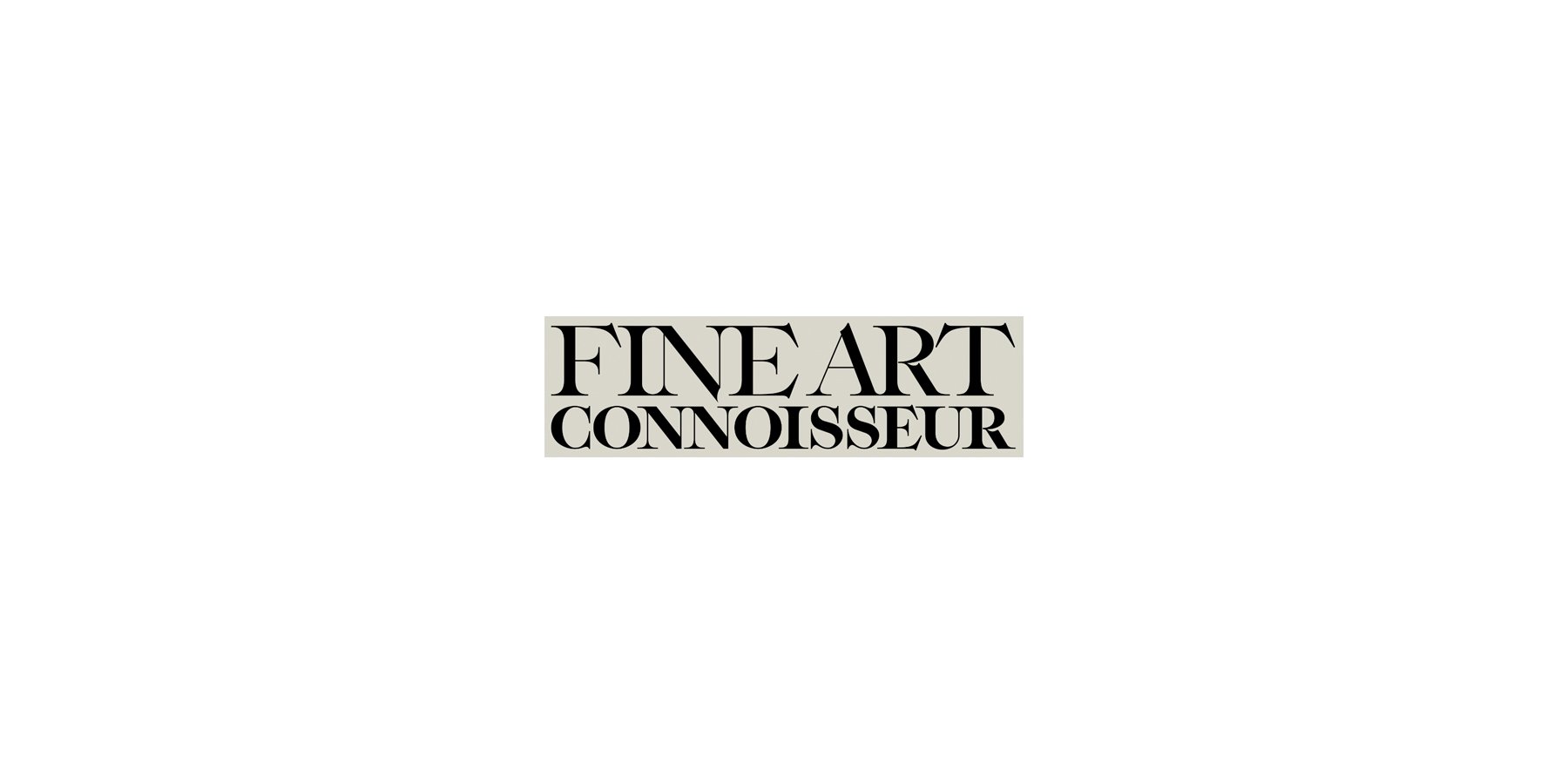THE ART SHOW
Lucy Mackenzie
October 30- November 2, 2024





IN THE NEWS
Paintings
Drawings
1. Can you describe your process when you make paintings and drawings?
All around us there are visually interesting objects. The challenge I have chosen, as a painter of still life, is to select, compose and transform small groups of objects into images which have a lasting resonance. Keeping an eye open every day for potential subjects, both in and outside the home, is second nature to me.
I might catch sight of something in a street market, or in my garden, or at the back of a kitchen cupboard, that leads to the start of a “conversation”, as Morandi described it, between the newly found object and other items I have collected earlier.
Then follow hours, days, (even years!) of trying out ways to arrange the selected objects, with a source of daylight that enhances the particular mood. Holding up cardboard frames of various sizes in front of the still life helps in visualising it flattened into two dimensions. For me, it is the shapes on the flat surface of a painting that are crucial, like a puzzle that has to be locked together.
Then I take lots of photographs, before making a drawing, priming a board with many layers of white gesso and beginning the painting. The first few days are spent doing an underpainting, to get down the basic colours and layout of the image. After this follows the long, intense, absorbing process of spending months creating the painting; returning each day to build up thin layers of paint using small brushstrokes all across the surface, constantly refining, altering, balancing, reassessing, to the point where the painting seems to reach, quite suddenly, a state of calm resolution.
2. How do you choose and assemble your subjects?
My choice of subjects varies widely. Even though the paintings are highly detailed and realistic, the abstract arrangement of shapes is as important as the content, colour and form.
By representing glass, china, flowers and reflective surfaces, I am conscious of continuing centuries-old traditions of still life painting. In addition to these, I try to find subjects that I have not seen painted by other artists, and to record them in a personal, original way.
Working within a close range of grey tones has interested me for several years and, as a contrast, I love making paintings of brightly coloured objects and patterned fabrics too.
Some objects are chosen for their emotional significance: an old model aeroplane; summer shirts; a sea-worn duck decoy found in a store beside the lagoon, on a memorable day in Venice.
Since schooldays, poetry has been important in my life. I keep collections of Seamus Heaney, Emily Dickinson and Carol Ann Duffy beside me in the studio.
The atmospheres of two poems in particular have permeated certain paintings in this show :
A Shropshire Lad by A E Housman and Anthem for Doomed Youth by Wilfred Owen. Housman’s themes are the passage of time, loss and love of people and countryside. He writes of “blue remembered hills”, and how “Loveliest of trees the cherry now Is hung with bloom along the bough”.
Near the end of the second verse of Wilfred Owen’s poem, where he is describing ways to remember the young men who lost their lives in the First World War, comes the exquisite line
"Their flowers the tenderness of patient minds”.
3. If you were to describe your work in one or two sentences, what would you say?
I make small, detailed, patiently observed oil paintings and colour pencil drawings, mainly of familiar domestic subjects, flowers or collected or found objects.
Through my choice and arrangement of subjects and colours, I try to create particular atmospheres, from serene through to joyful.
4. Is there anything about this newest body of work that feels different than what you have done before?
I am not an artist who reinvents herself for each new exhibition. It would seem strange to turn my back on a way of working I have spent a life-time refining and which is an intrinsic part of who I am. Inevitably, changing personal circumstances and the passing of time affect the work. I consider this group of paintings and drawings to be both more reflective and more joyful than previous shows.
The two paintings of found objects on a pewter plate are unlike anything I have done before. I wanted to convey a sense of archaeology, and the way unearthed ‘finds' are displayed at the end of the day. The small metal horse in these paintings is a World War 11 military cap badge that I found washed up on the sea shore, giving an added dimension of symbolism and mystery.





















